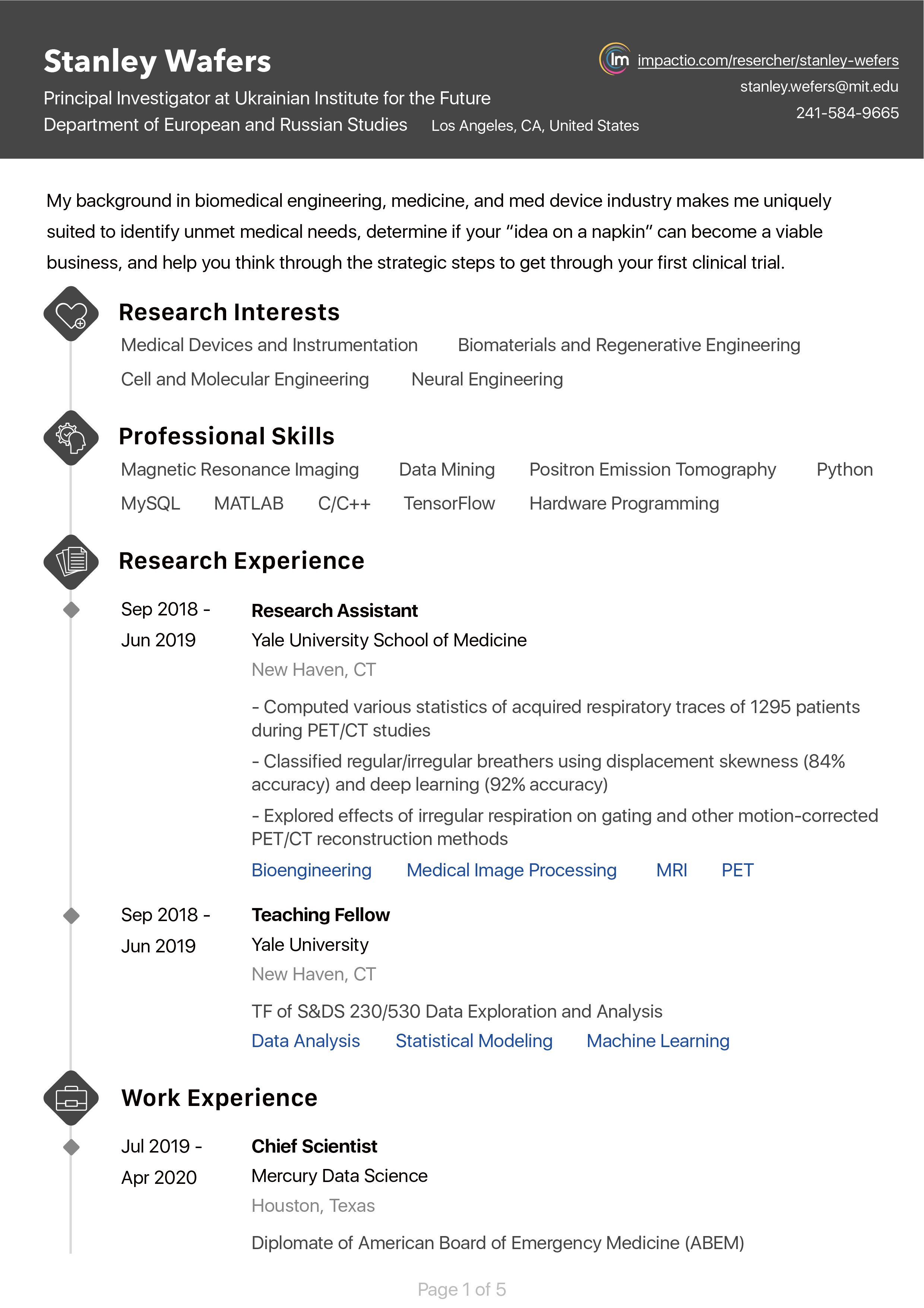I am an Associate Professor of Physiology in the Department of Human Physiology, Faculty of Basic Medical Sciences, College of Health Sciences, Bayero University, Kano, Nigeria!!!
Lecture all aspects of Human Physiology to MBBS/Dentistry, B. Physiotherapy, BSc. Nursing, BSc. Optometry, BSc. Medical laboratory science, , BSc.Radiography , BSc. Physiology, BSc. Anatomy, as well as MSc. Physiology, and MSc. Biotechnology Students!!!
Molecular and Cellular, as well as Functional Aspects of Connective Tissue Metabolism!!!
Fasting in the Month of Ramadan is physiologically a robust non-genetic, as well as non-pharmacological observance that is defined as a complete abstention from eating any solid foods or liquids every day between the months of May and June every year, or as the case may be depending on Geographical location. The purpose of the study was to investigate age- and sex-related variability in weight and BMI before and after Ramadan Fasting. Ages, weights and heights of all subjects were taken and BMI calculated using the Adolphe Quetelet’s standard formula (Kg/m2). Paired sampling and independent sample t-test were used to determine changes in ages and sexual dimorphism, respectively. There were significant increases in body weight and BMI in male participants after fasting observances. Based on age group, the increase in weight and BMI was only significant among male participants within middle-aged. Gender wise comparison of weight and BMI revealed significant sexual dimorphism in weight only after Ramadan fasting, with higher mean value in males compared to females. However, sexual dimorphism based on age group showed significant differences in BMI among the middle age group, before the Ramadan Fasting, with higher mean value in females. It was concluded that, Ramadan Fasting has positive effects on body weight and BMI in middle-aged males; sexual dimorphism in body weight and BMI affects only the middle-age group.
Key Words: Age, BMI, dimorphism, fasting, gender.
Multiplicity of feeding, such as underfeeding and overfeeding are strong factors that modify changes in collagen matrix of all varieties of connective tissue. Dietary restriction (DR) is a robust non-genetic, as well as non-pharmacological intervention that is defined as a decrease in a particular or total nutrient intake without causing malnutrition. In this broad sense, DR includes calorie restriction (CR), in which total food intake is reduced, as well as the restriction of the major dietary components (carbohydrates, proteins or lipids); it also includes temporary variations in food intake (intermittent fasting).
The basic parameters of structural stability of matrix sub-molecular collagen complexes are (i) collagen concentration in tissues; (ii) degree and types of cross covalent bonds in collagen molecules; and (iii) content of hydroxyproline in individual collagen molecules.
Hydroxyproline (4-OHPr), is a non-proteinogenic amino acid formed by the post-translational hydroxylation of proline, and is a major component of collagen, where it serves to stabilize the helical structure; it accounts for 13-14% of collagen’s total amino acid content.
Aim of the Study: To investigate age-related effects of fasting, in form of short-term feeding and subsequent overfeeding, on the structural stability of collagen molecules in the tail tendon, dorsal skin (skin of the spine region), and liver of Wistar rats.
Justification of the Study: There are practically no reports on the use of short-term feeding in researches. It is therefore, expedient to deeply study the aforementioned phenomenon as well as the consequential impact on the structural stability of collagenous structures.
Conclusion: Multiple uses of the cycle «fasting – over-feeding» leads to adaptation in response to changes in feeding regimes, which are responsible for the structural stability of the matrix of the collagen molecule; type of feeding determines the intensity of changes in the structural stability of the collagen matrix, it decreases during short-term feeding, and increases during over-feeding and that, adaptation strategies in response to these changes are age-related; the phenomenon is expressed more in young rats than in adult ones.
Recommendation: We suggested that, relatively mild dietary restrictions should be included in clinical trials as novel approaches for therapeutic intervention in several dermatological, ophthalmological, surgical, dental diseases as well as orthopaedics.
Pathogenesis of psoriasis involves disorders in the metabolism of collagen and glycosaminoglycans, which are structural macromolecules in the connective tissue.The purpose of this work was to determine the effects of oral intake of calcium lactate and finoptine, on psoriatic patients, and apparently normal subjects recruited as control group. Urinary hydroxyproline was determined using Stegmann-Staeder’s method as modified by Utevskaya and Persky. Analysis of results showed that, calcium lactate stimulated increased production of hydroxyproline in both psoriatic patients and apparently normal subjects. Finoptine appeared to have considerably inhibited the activity of calcium lactate, particularly in psoriatic patients, as compared to control group, leading to a remarkable reduction in hydroxyproline produced by the former.It was therefore, concluded that, the amount of hydroxyproline produced and excreted is directly related to the intensity of internal collagen degradation effectively manifesting as skin eruption.
For Presenting a Paper titled ‘Common Medicinal Plants in Northern Nigeria’
For high performance in study, active participation in the social and scientific activities in the university
For financial donation in support of its ‘Endowment Fund’
As a token of sincere appreciation of selfless, honest, and valuable services rendered to the Students’ Union









